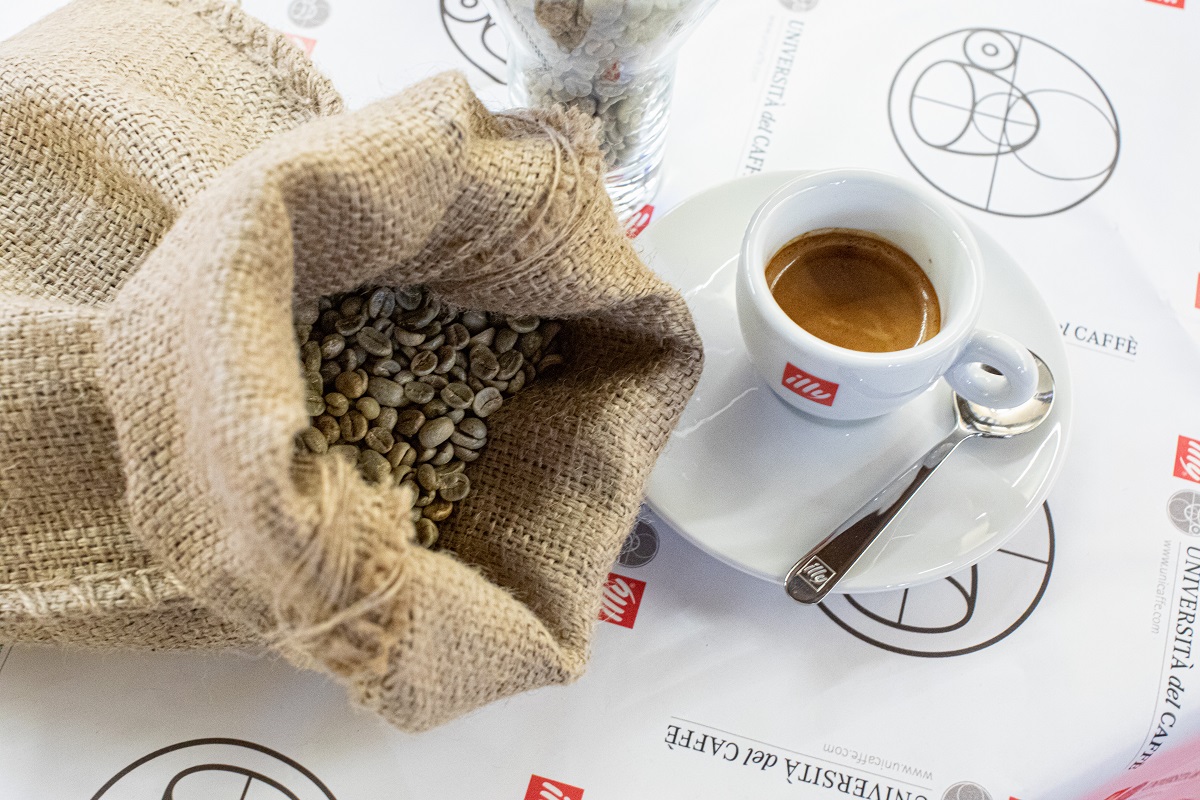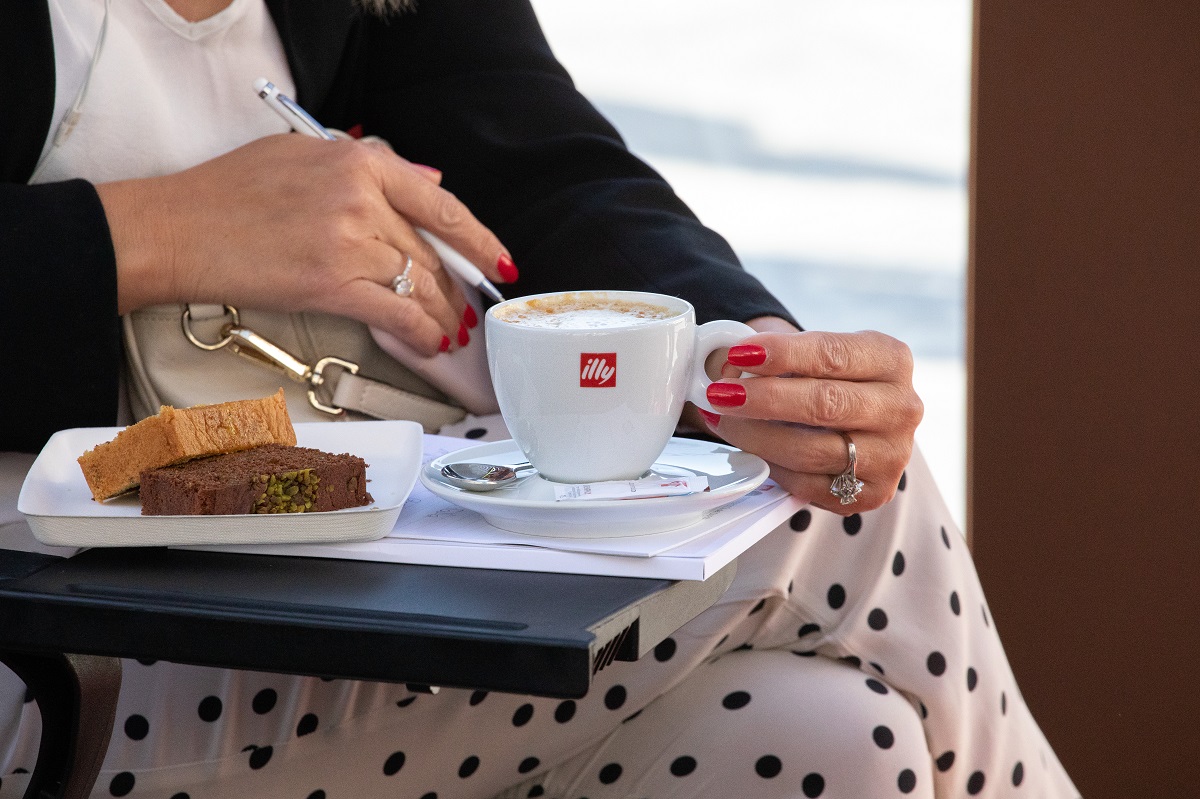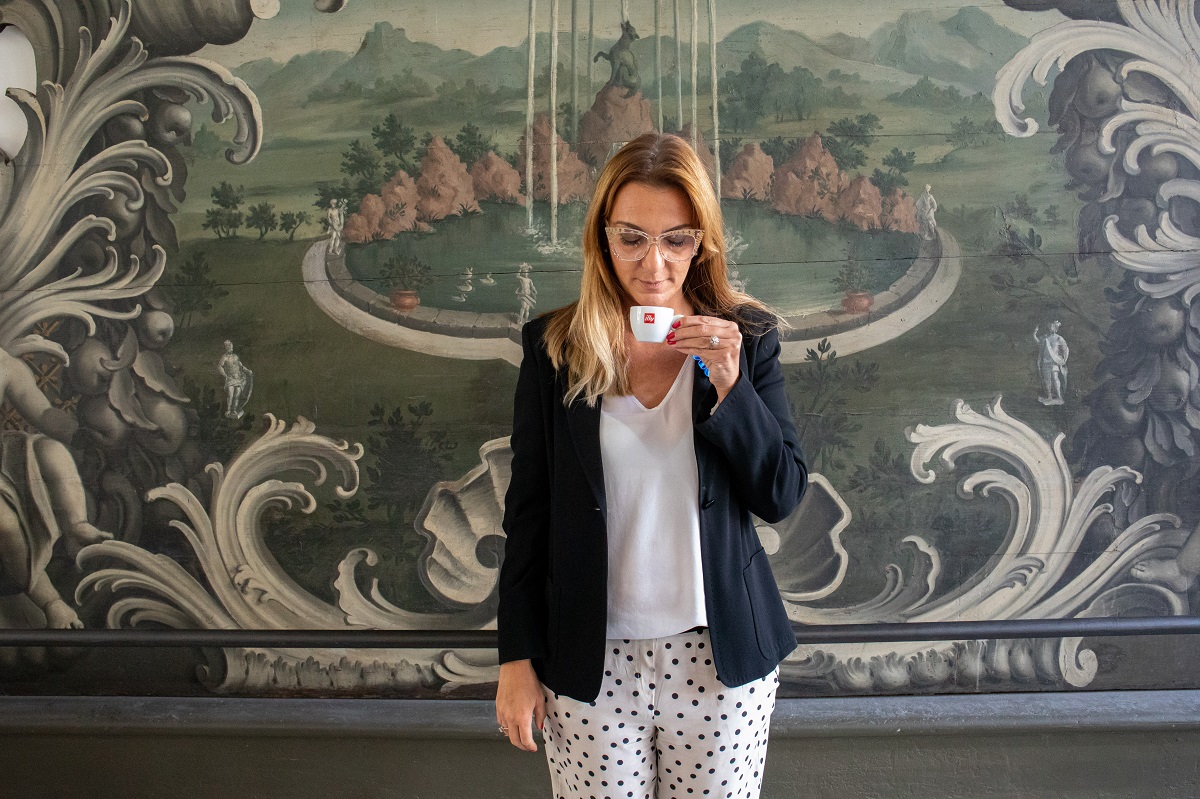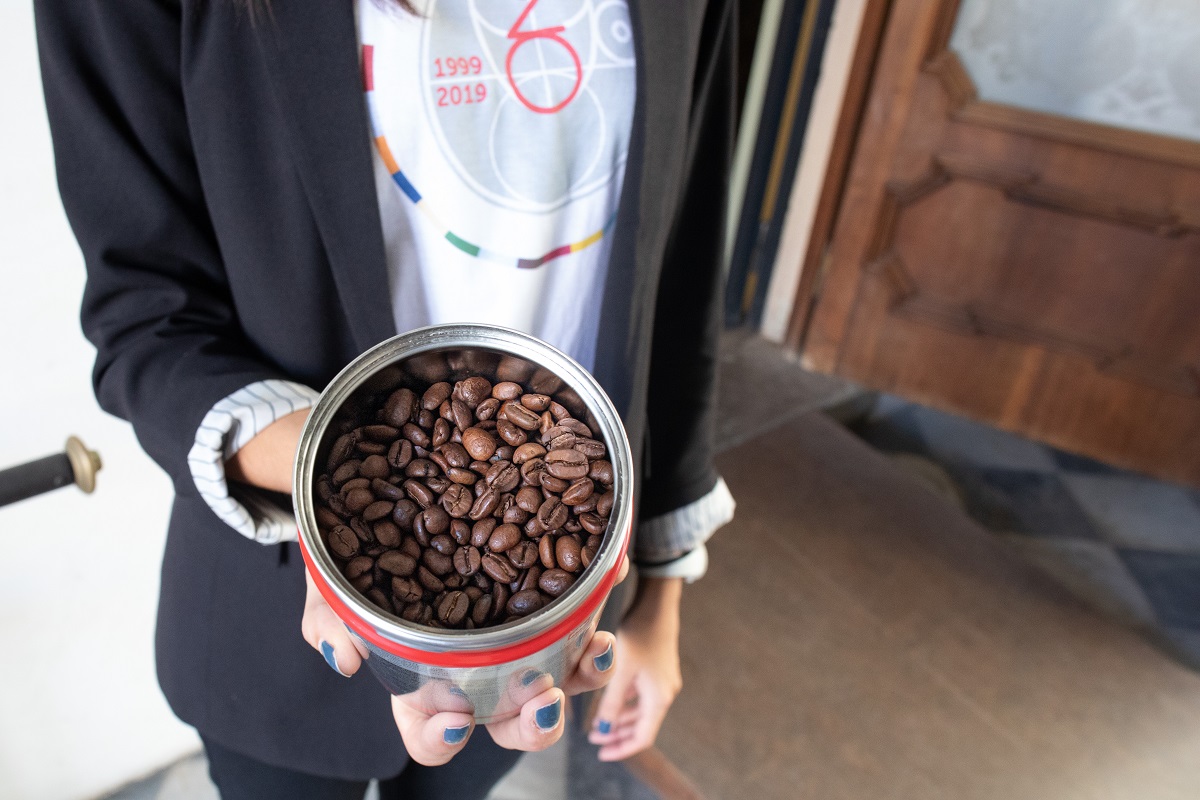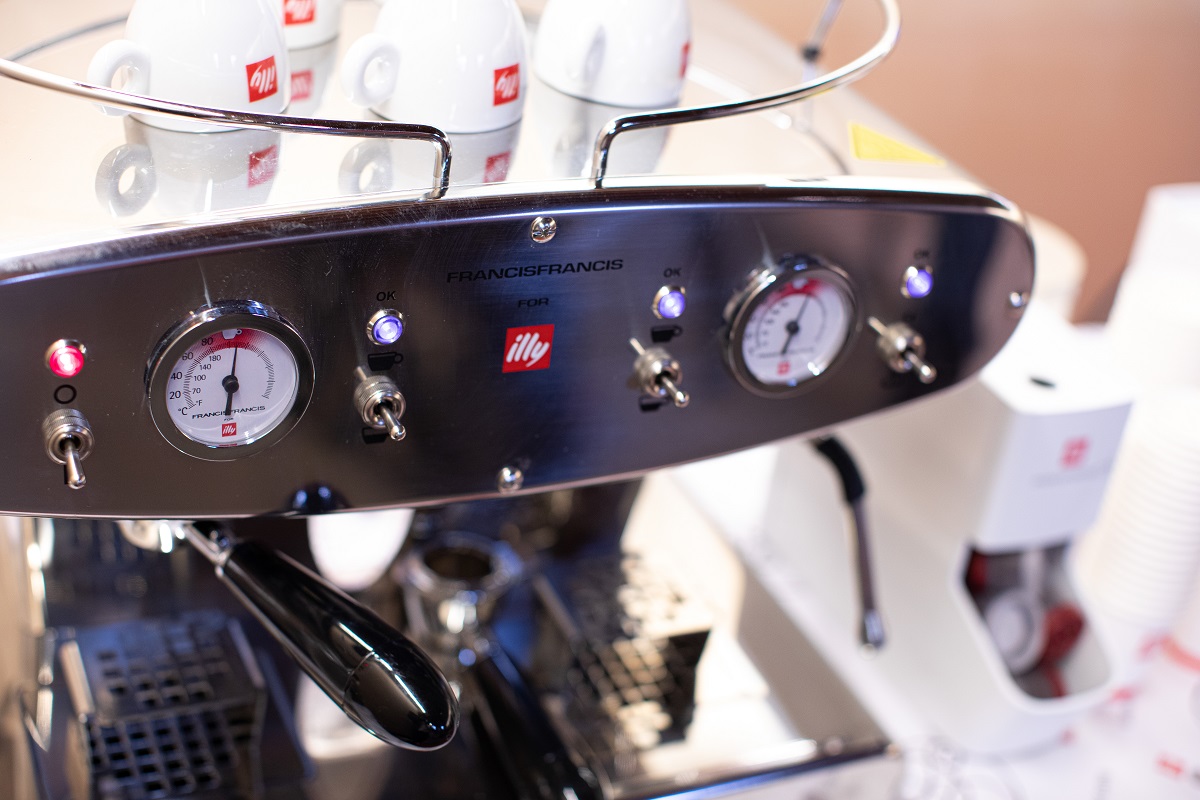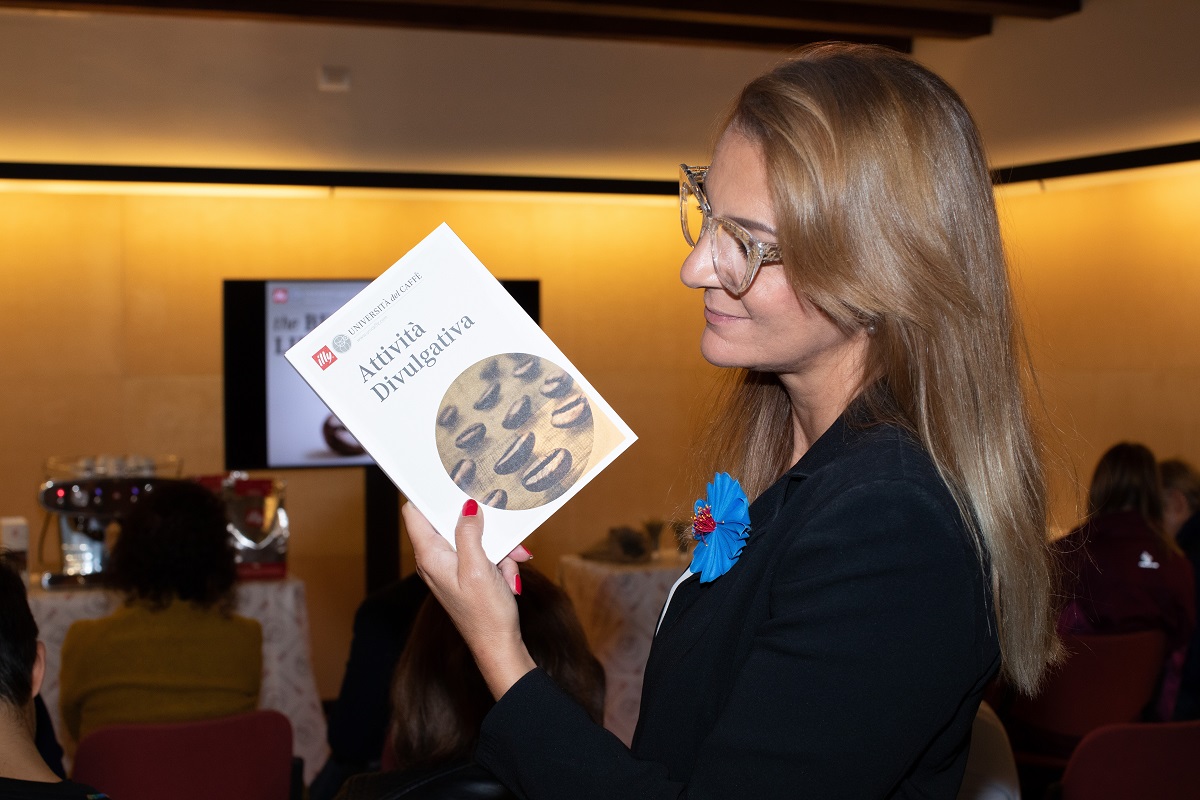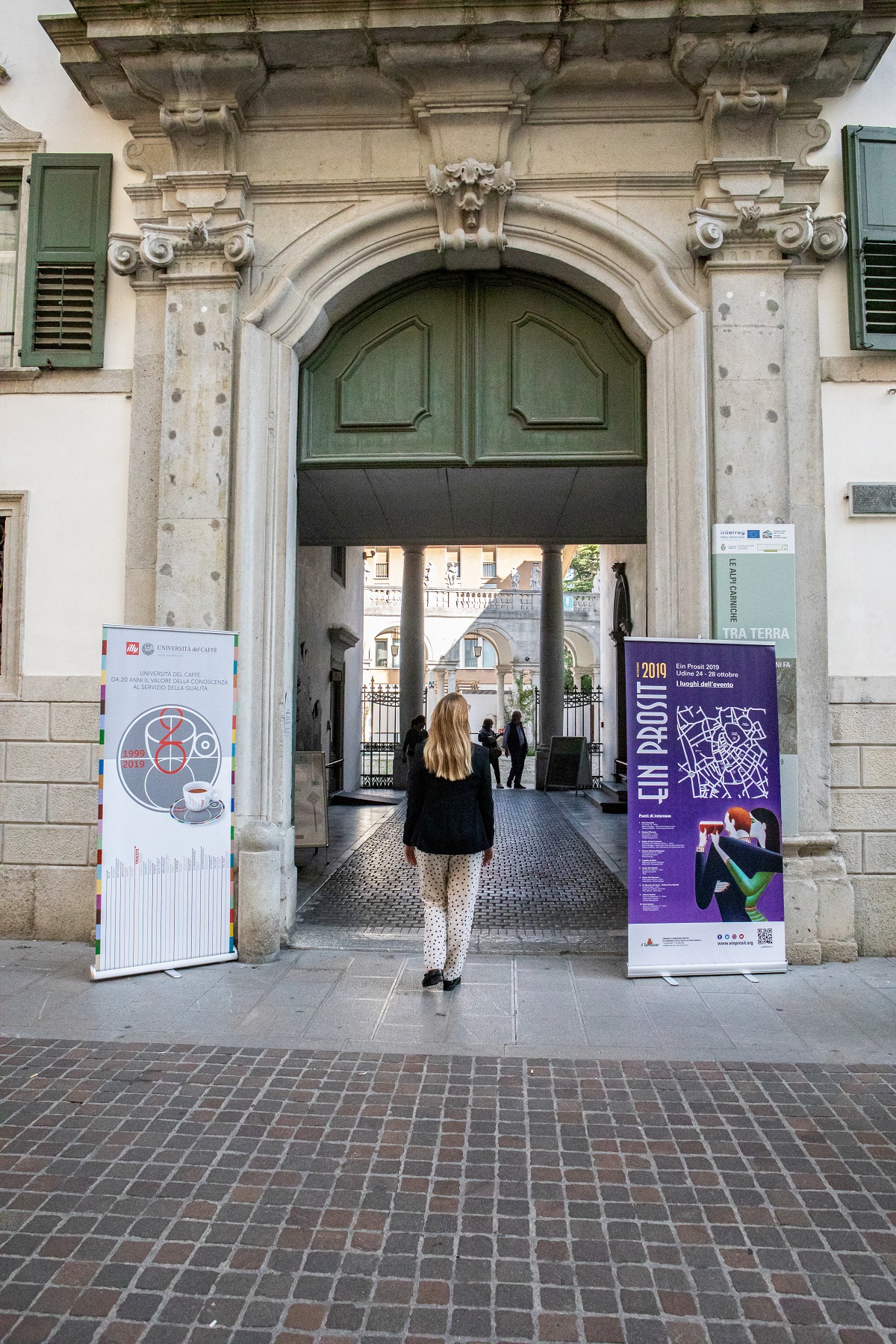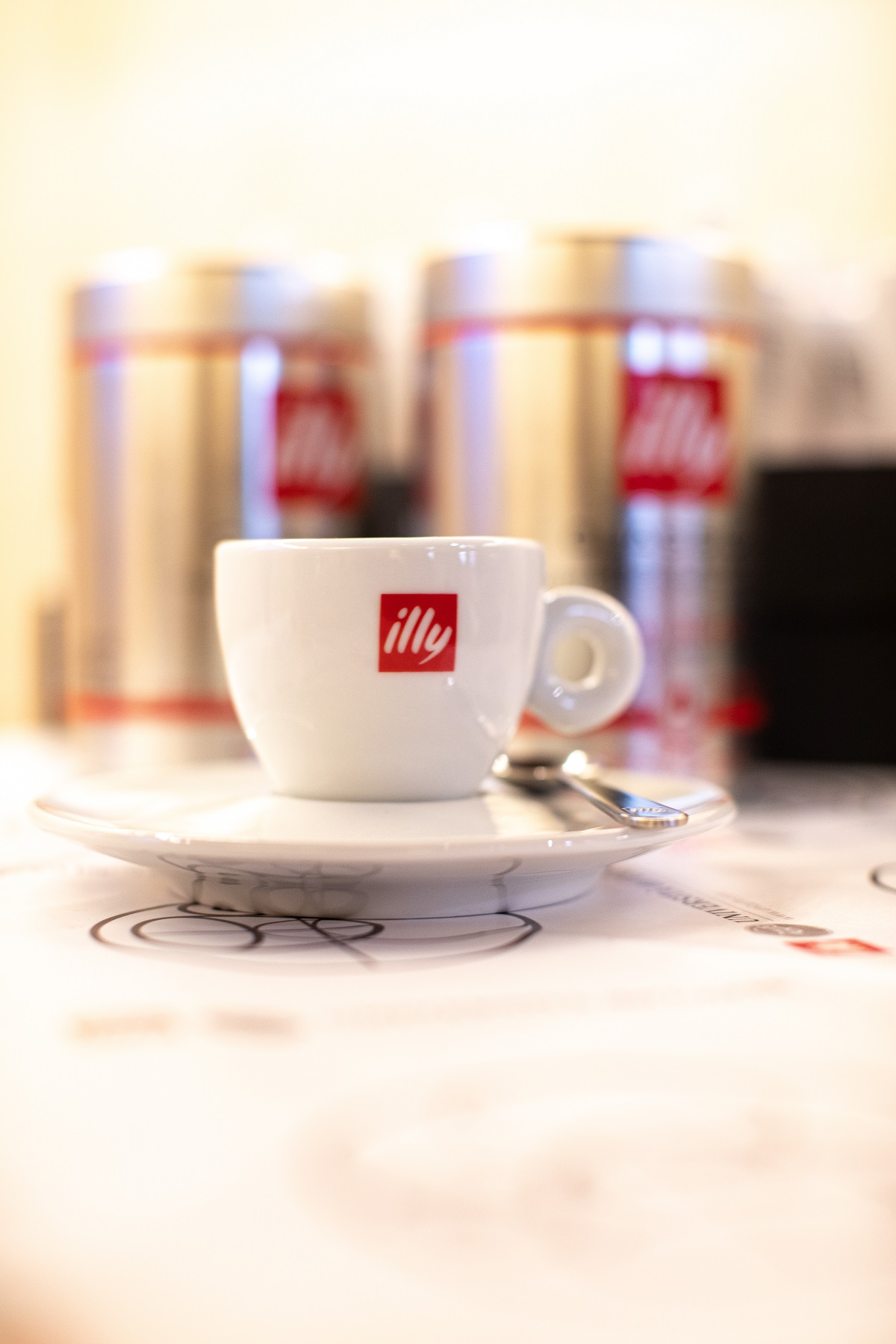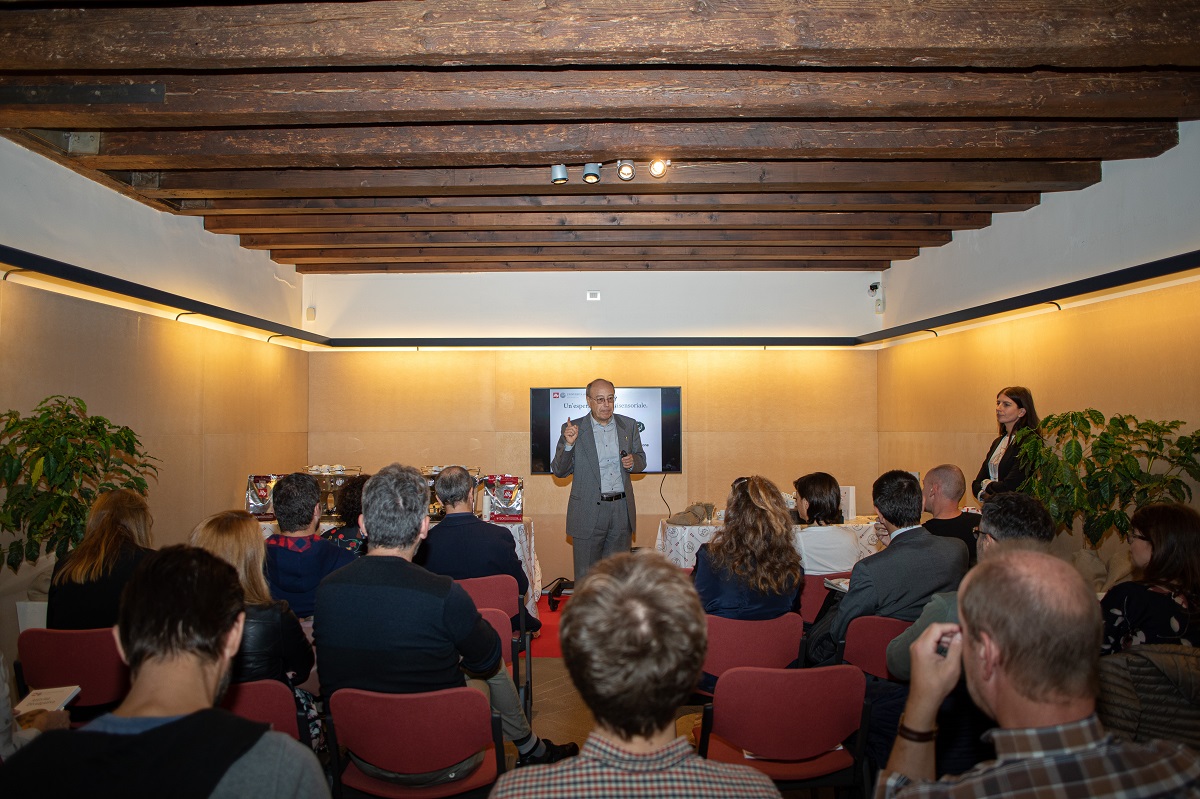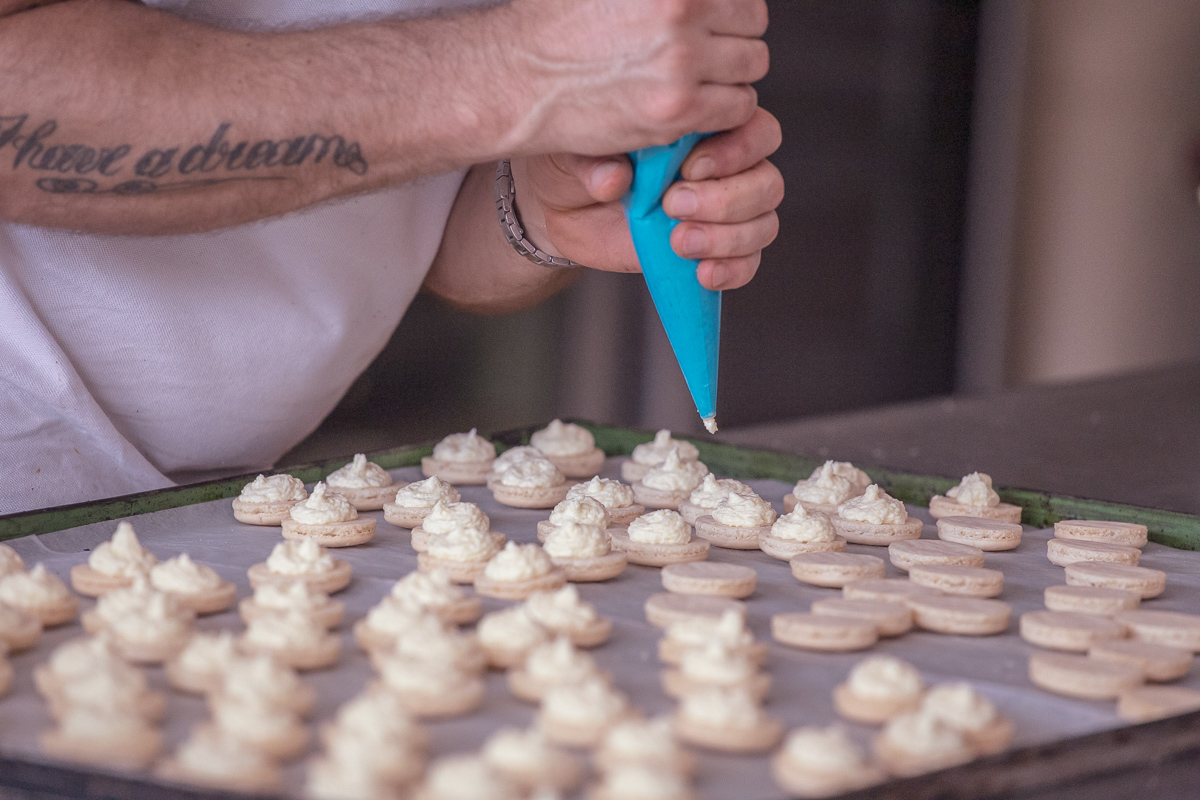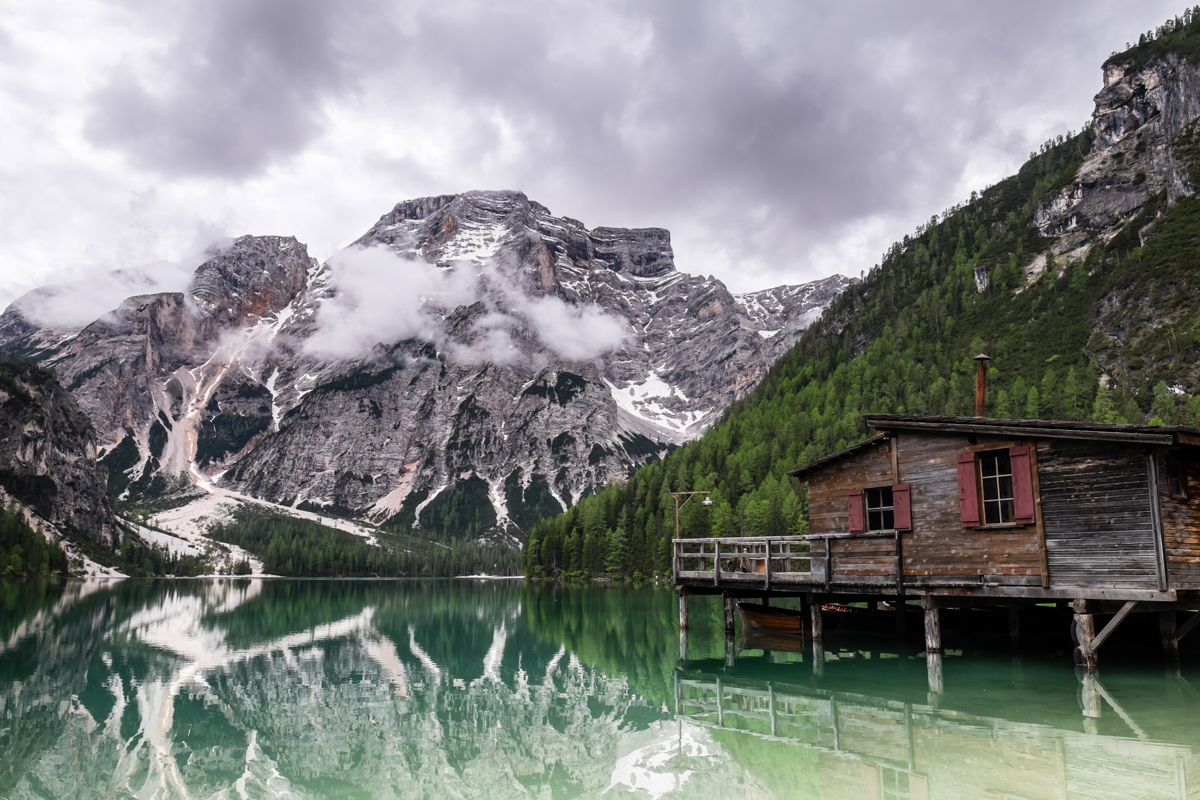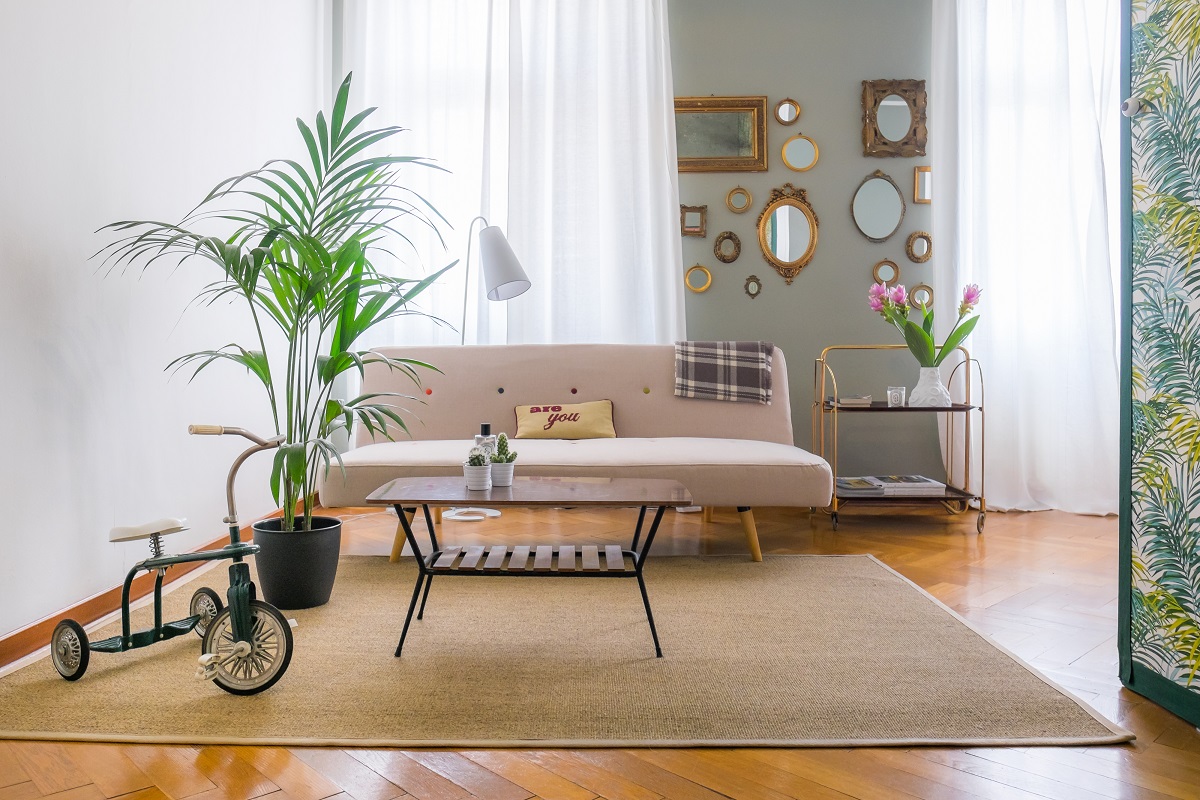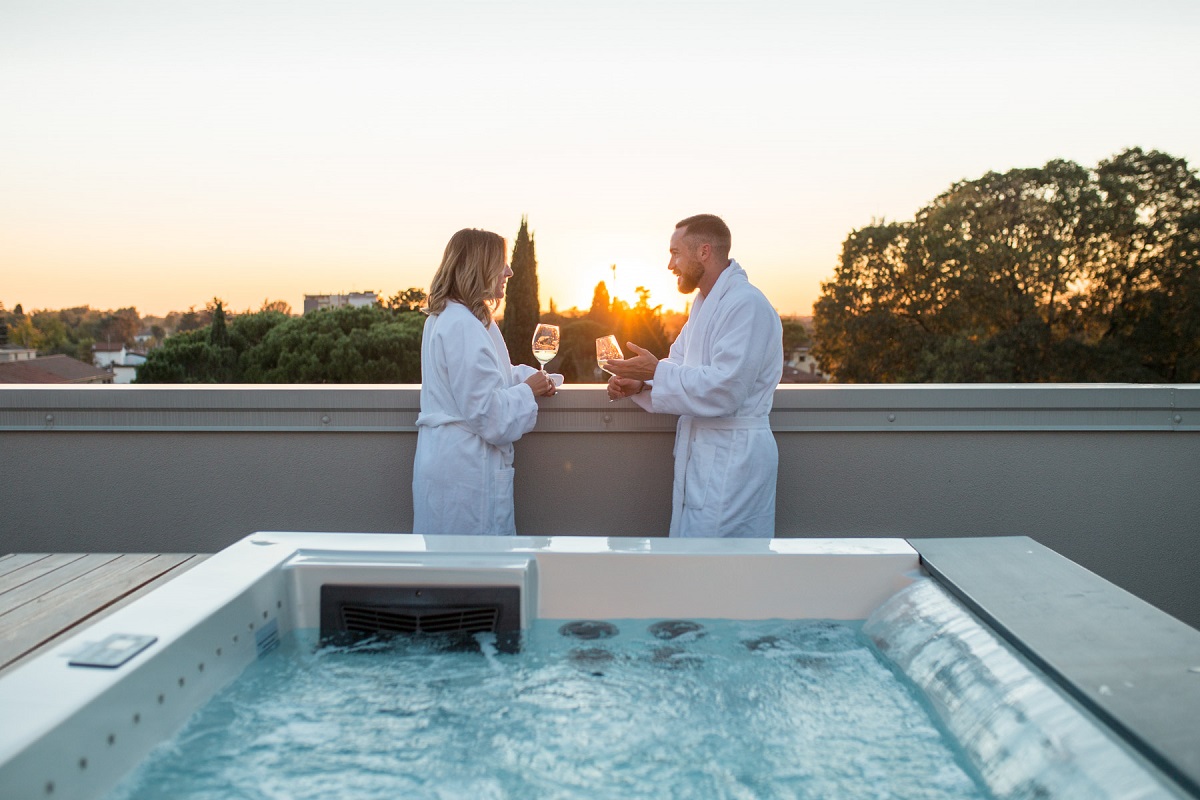Some of you know this story, some of you don’t. When one talks about coffee, it pricks my ears and I’m always ready to decisively take on this subject, like if I was asked about a book that I’ve read a million times page after page, a book that I know by heart.
This is a passion that my grandfather, Gioachino Polojac, passed me down: he was an entrepreneur that worked in the green (raw) coffee import-export industry. I still remember the scent of toasted coffee, that flooded our entire building in the city center when my grandmother toasted the coffee samples grandpa used to bring home. When I turned 22 I was part of the family business too, before life took me somewhere else; but for 13 years I’ve worked for this precious bean, that still makes my heart beat.
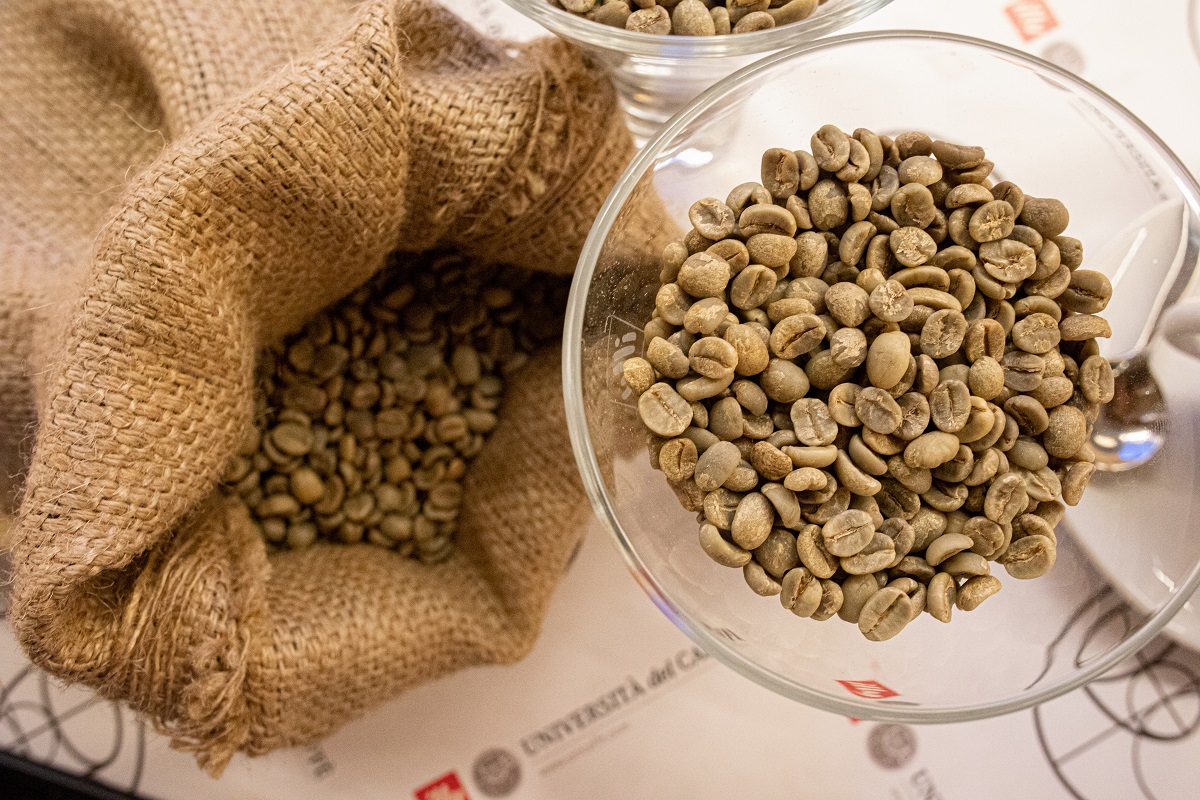
Through time I’ve participated in many seminaries, courses and laboratories in this sector, and those I’ve loved the most were those given by Illy’s Università del Caffè. For those of you who don’t know it, this is a reality created by Illy in 1999, in order to be the focal point of excellence in the coffee industry and to spread the coffee culture all around the world through formation, research and innovation.
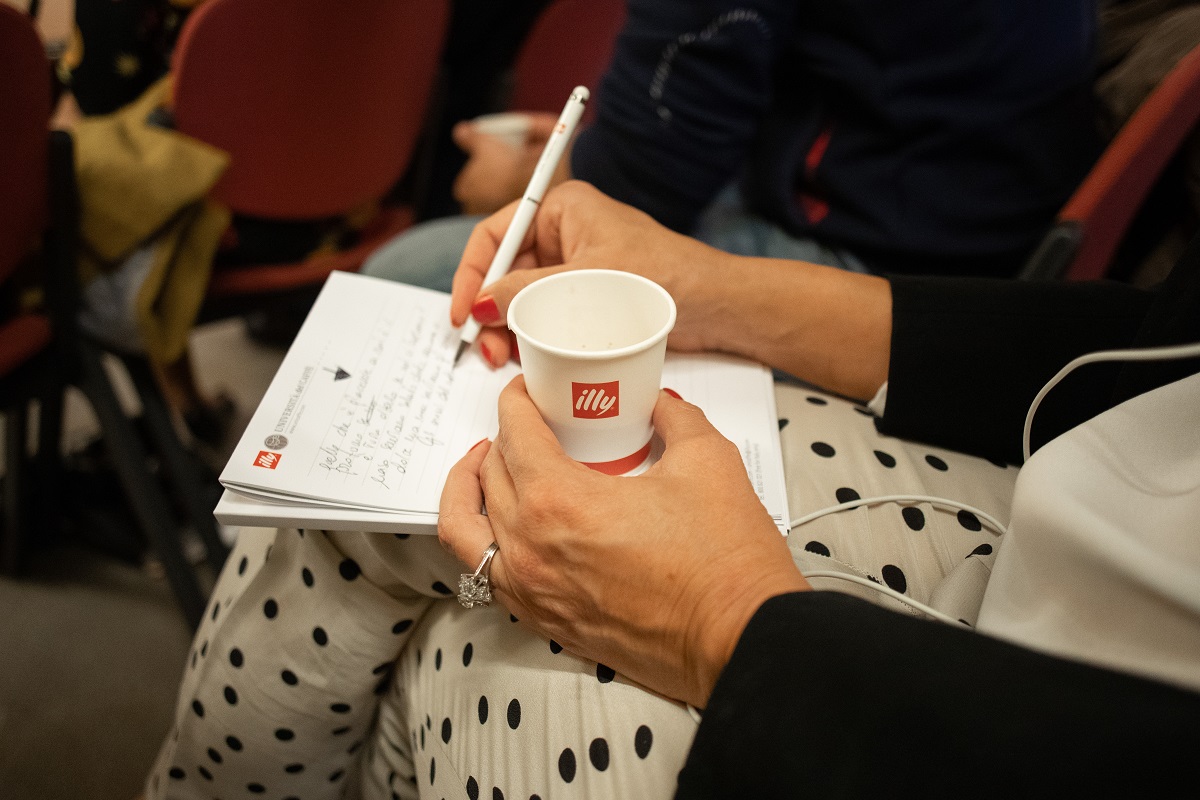
And we’re very lucky to host one of its many branches here in Trieste! Here, many events take place every year: they teach you how to make the perfect espresso, cappuccino or how to recognize the aromas, they tell you about the process from the plant to the cup…some courses are only addressed to professionals, but many others are open to everybody.
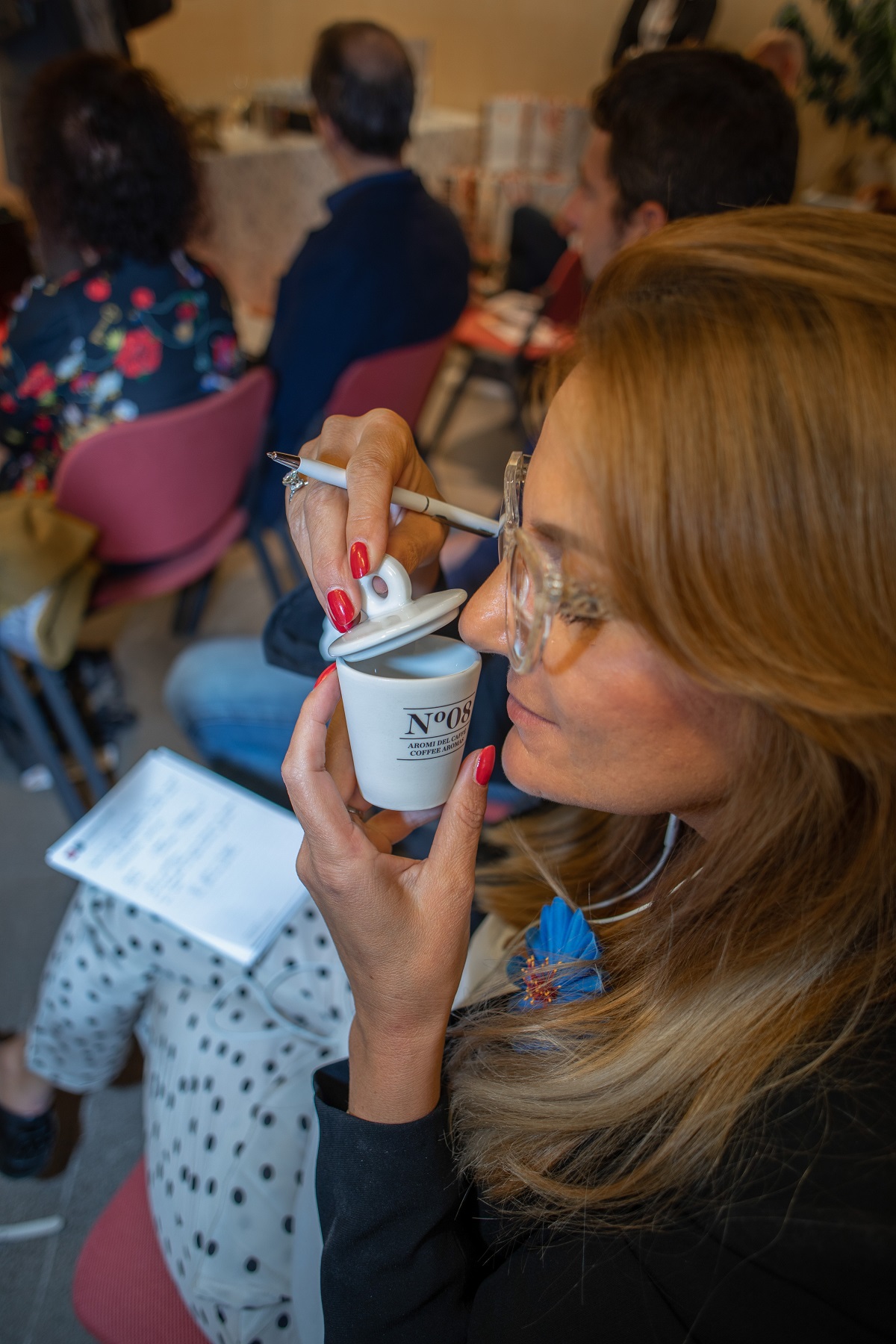
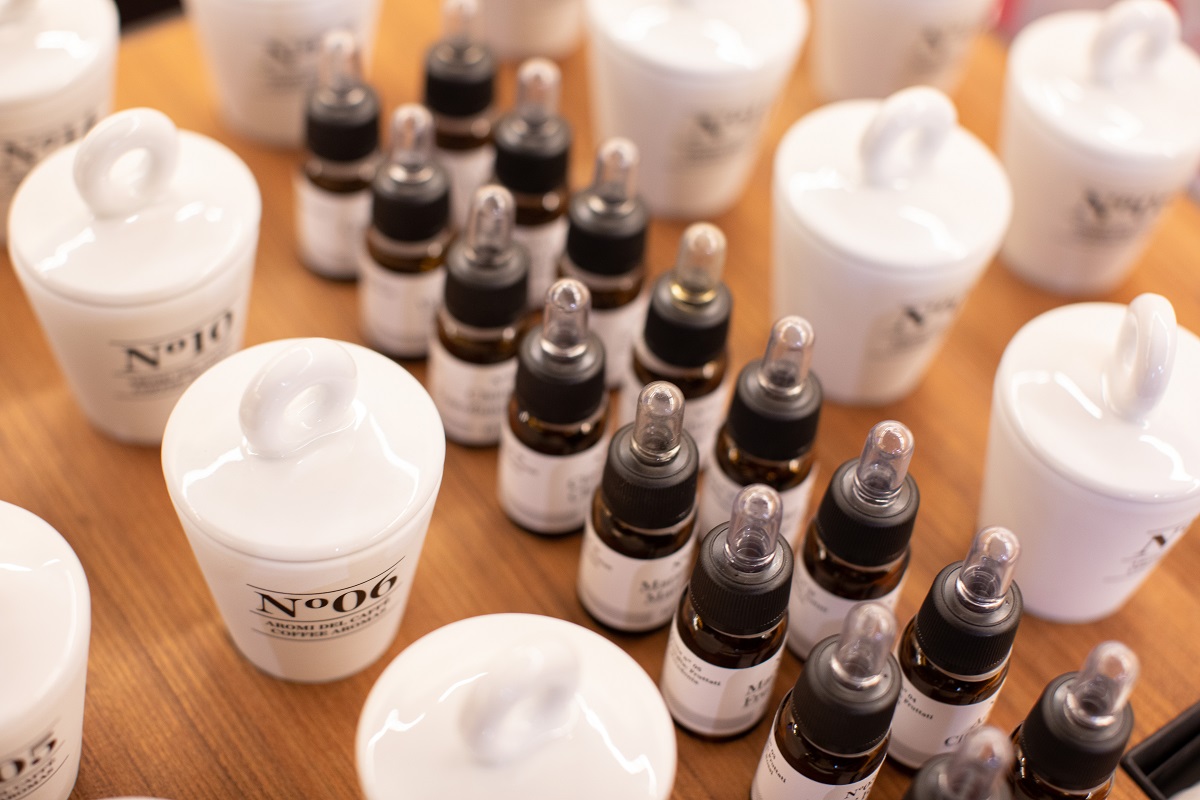
Yes, the production chain of the coffee bean as we know it, is really long and intricate. As a matter of fact, Marino Petracco (chemical engineer and teacher and the Università del Caffé) states that there are 150 critical control points in the quality chain: this means that, if one of the links breaks or is missing, the others will collapse. Marino, that you’ve surely seen on my social media, was the one who held the laboratory in which I participated last weekend inside the beautiful Valvason palace, on the occasion of Ein Prosit in Udine.
The twenty-first Ein Prosit edition decided to move to Udine. It was born and raised on the mountains of Treviso but in the last twenty years it has come to be known as the most important gastronomic event on the borders (between Italy, Slovenia and Austria).
The program is really rich and it involves tastings, master classes, dinners and food itineraries. It has brought together more or less 60 chefs (from 14 different countries), for a total of more than 100 events.
Surrounded by all this excellence, I decided to dedicate my time to two of Illy’s free seminaries: “Coffee’s colors” and “Coffee’s aromas”. They were really thrilling. In the audience were the final consumers, sommeliers and black gold enthusiasts like me. Everybody’s mouth dropped while listening to Marino Petracco telling his coffee stories, with a lot of detailed data that he’s collected through many years on the job. But I don’t want to bore you too much! I would like to start make you recognize a good cup of black gold. So, what about finding out together what the most common questions about coffee are? I bet that some of these have gone though your mind at least once in your life.
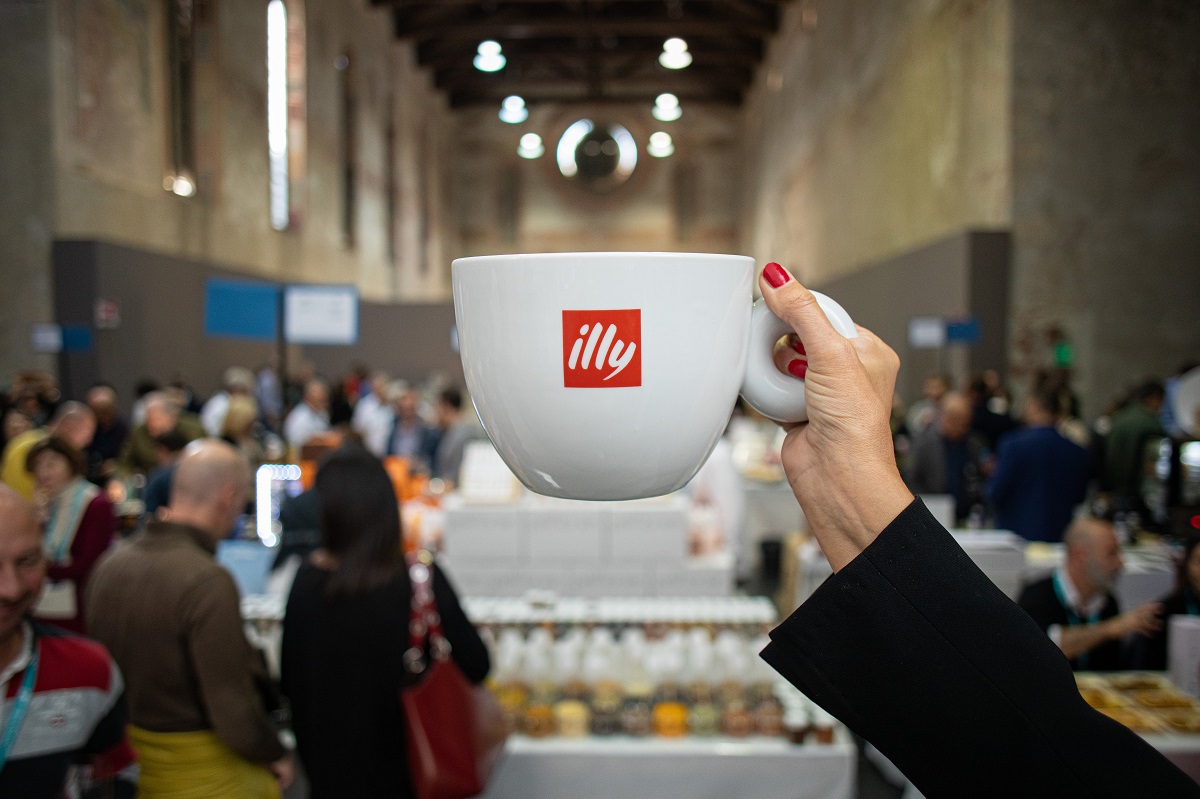
- Does coffee only come from Brazil?
Absolutely not; coffee is cultivated in areas near the Equator, on both hemispheres. That’s why it can be found in Central America, Africa, India and Indonesia.
- Do we only drink Arabica?
There are many botanic species, but the ones more commonly used are Arabica and Robusta. Arabica is grown at high altitudes and is a way more elegant coffee, more scented and aromatic than Robusta. The latter is grown in flat lands and, as its name says it, the plant is more “robust”; this kind of bean will give the coffee hints of soil and wood.
- I love espresso, the one with a lot of foam on top is my favorite!
If there is a lot of foam in your cup, you’re most certainly having a blend with a lot of Robusta in it (so it isn’t a “fine” coffee). Robusta often gives the coffee a ”foam” wrongly defined by consumers as really high, but that fades quite quickly. If you leave it in the cup for a few seconds, it will vanish, revealing the drink under it. The perfect foam created by an Arabica blend is compact, has a hazelnut color with darker tiger-skin stripes.
- What’s a blend?
As I’ve already said, there are many botanic species of coffee that have different origins. Each one of them gives the final product a different aroma. Arabica beans from Costa Rica will give the coffee flower and fruit scents and a stronger acidity compared to an Indian Arabica, that is less acid and its aromas remind more of chocolate and spices. This is why, in order to have a perfectly balanced coffee, it is necessary to mix many of its varieties. Illy’s blend’s recipe has been a secret for many years now: a bit of Central America, a bit of Africa and a bit of India, in the right proportions and curing every detail of the process, assures the perfect balance to this symphony!
However, one-origin coffees do exist.
- Coffee’s aroma.
The aroma comes out during the toasting process: the raw beans have 300 scents, while in the toasted beans can be found up to 1000 of the chemical compounds that give aromas. To be able to recognize the many scents in a cup of espresso, your brain will do some analogies with your past; let’s say you smell roses: it means that your brain is associating that smell with a past experience… is an olfactory déjà-vu.
You have to know that we don’t feel the scents with our mouth! There, is where we feel sweet, salty and bitter…is the nose that perceives the aromas! And from there they’ll get to the brain, that’ll elaborate the information received and will associated it with a previous experience.
Coffee is like music, like symphonies. Every coffee, coming from different places, has its specific scents, and many different origins blended together will make a perfect symphony!
Ah, if you don’t believe me, try pinching your nose when tasting a cup of coffee. I dare you to try!
- I’ll have a ristretto, that’s stronger!
Yes, it’s going to be stronger in taste as it is less diluted, but you have to know that it has less caffeine than a classic cup of coffee (25-30mls). If you want a coffee stronger in caffeine you’ll have to order the opposite of ristretto, a.k.a. a long coffee! How to have the same scents of the espresso and have it strong in caffeine? Order a double espresso!
- I drink mocha coffee because it has less caffeine than espresso.
Wrong! Know that mocha coffee has more caffeine than espresso. The more the water touches the coffee, the more caffeine you’ll have in your cup!
8.I don’t like Illy’s blend because it’s too acid.
I like challenges, so I like to take on this subject when writing a piece on this company! I want to start by saying that the flavor is subjective. A cup of Illy’s black gold will most certainly be more acid than other brand’s, but know that these elements are considered as positive in a blend. My advice is to try their darker toasted coffee, as Illy has really tried to make every palate happy, which means even those of those who don’t like strong tastes. All of that, without even thinking of changing the blend, but toasting the coffee a little bit more.
9.Does coffee have to be tasted with sugar?
No! Absolutely NO sugar!
10.Do I have to drink the water I’m given after I drink the coffee?
No! That water is supposed to be drank to wash your mouth from any other taste you may have in your mouth before drink your beloved espresso!
So, did I remove your doubts? Do you have any other questions for me about coffee? Raise your hand! 🙂
If you’re as passionate about this as I am, my advice is to look into the Università del Caffè’s calendar : you may found the seminar just for you!
…now please excuse me, I’m in a rush, I’m craving a really good cup of…well, you know of what!
Ph. Lara Perentin
